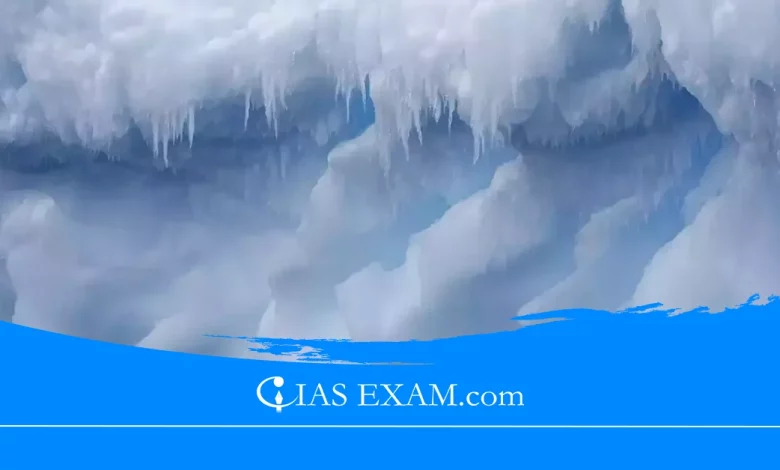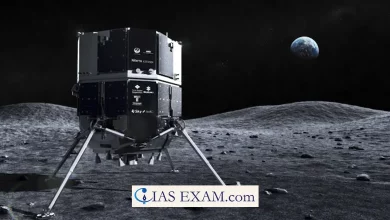Daily Current Affairs for UPSC
Subduction Zone beneath The Gibraltar Strait
Syllabus- Geography [GS Paper-1]

Context- Recently, a group of scientists has predicted the ‘Ring of Fire’ Subduction Zone beneath the Gibraltar Strait.
About Subduction Zones
- They are the areas wherein tectonic plates collide and one plate is thrust under every other, descending into the Earth’s mantle at rates of 2-8 centimetres per year.
- There are three approaches wherein convergence/collision can arise
- Between an oceanic and continental plate;
- Between oceanic plates;
- Between two continental plates.
- The system of subduction is driven by the temperature difference between the subducting slab and the encircling asthenosphere, because the colder oceanic lithosphere has, on average, a greater density.
- The subducting plate, or ‘slab’ sinks into the mantle in large part under its weight.
- These are responsible for the planet’s most powerful earthquakes, tsunamis, volcanic eruptions, and landslides.
Subduction Zones and the Plates
-
- The Earth’s lithosphere is divided into sorts of plates: continental and oceanic, and is split into seven major and some minor plates.
- The oceanic plates are comparatively heavier, so while those collide with the continental plates, they subduct downwards, forming a subduction zone.
- Major Plates
-
- Antarctica and the surrounding oceanic plate;
- North American (with western Atlantic floor separated from the South American plate along the Caribbean islands) plate;
- South American (with western Atlantic floor separated from the North American plate along the Caribbean islands) plate;
- Pacific plate;
- India-Australia-New Zealand plate;
- Africa with the eastern Atlantic floor plate;
- Eurasia and the adjoining oceanic plate;
- Minor Plates:
- Cocos Plate : Between Central America and Pacific plate;
- Nazca Plate : Between South America and Pacific plate;
- Arabian plate : Mostly the Saudi Arabian landmass;
- Philippine plate : Between the Asiatic and Pacific plate
Subduction Zones and Seismic Activity
- At shallow depths the interface between the plates may become ‘locked’ and stresses build alongside those giant ‘megathrust’ faults.
- Eventually, stresses exceed the fault’s strength and it breaks free, releasing the stored energy as seismic (shaking) waves in an earthquake.
- The massive size of those faults produces the largest earthquakes on Earth.
Subduction Zones and Volcanic Activity
- As the subducting plate descends into the mantle, it undergoes changes in pressure and temperature that cause the release of water.
- This water can trigger the melting of the overlying mantle, leading to the formation of magma that may upward thrust to the floor, resulting in volcanic eruptions.
Future Implications
- Subduction zones are not static and can evolve over time.
- For instance, the scientists, in a recent study, raised worries about the future of the Atlantic Ocean.
- They identified a subduction region, known as the ‘Ring of Fire’, that could doubtlessly swallow the Atlantic Ocean near to the Strait of Gibraltar.
- It is predicted to expand westwards over the next 20 million years.
Source: The ToI
UPSC Mains Practice Question
Q.What is a ‘subduction zone’? How does subduction lead to seismic activities? Also identify the major subduction zones of the world.





.png)



